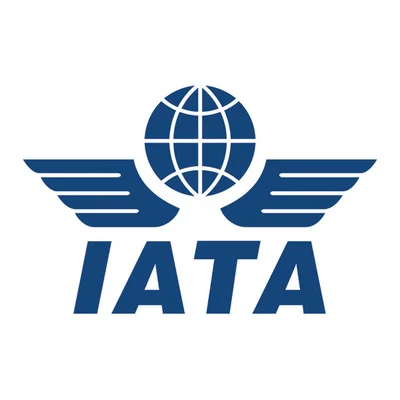A tailpipe fire ensued when motoring caused the left engine’s propeller to rotate. Without radio communication or headsets available for verbal exchange between marshaller and crew, non-standard hand signals were used unsuccessfully to communicate during this critical phase.
"As the marshaller and flight crew were not able to communicate verbally (there was no radio and no communications headset for the Saab 340), the marshaller reported they tried to signal to the captain to shut the engine down using a ‘cut-throat’ hand signal."
Despite rising interstage turbine temperature (ITT), which prompted further motoring attempts by the captain, flames were neither visible from inside nor indicated by cockpit instruments. Ultimately, an emergency checklist procedure was initiated after confirming an engine fire at 14:46 local time.
"All right, mate, fire," remarked one pilot during these procedures. Following this acknowledgment of fire risk within seconds both primary and secondary extinguishing measures were activated; however initial items on corresponding checklists had been omitted under stress conditions prevailing then: "The captain later recalled that they omitted two engine fire checklist items relating to power and condition levers […] due to stress at time."
At approximately three minutes past announcing need for evacuation over PA system yet mistaken belief held such facility unavailable whilst attendant concurrently delivering safety briefings resulted delay until doors opened forward-right exit R1 position only subsequently instructed otherwise:
“[…] some passengers attempted bringing their bags during evacuation… small number still exited aircraft with bags.”
While final clearance achieved just under four-minute mark instead stipulated maximum ninety seconds aircrew manual specifies any evacuations necessitating utmost speed complete within timeframe dictated hence regulatory concern arises thereof compounded absence ATC notification timely manner relative event transpiring given extent mitigating circumstances examined thereby.
Investigators identified multiple contributing factors including premature disconnection GPU lack coordination response non-standard signaling absence recurrent training pertinent procedures Rex Airlines addressed post-incident issuing advisories notices alongside developing new CBT modules improve overall operational efficacy address shortcomings highlighted:
“Regional Express developed new hand signal indicate interrupted engine start included face-to-face computer-based training content.”
Fortunately among twenty-five occupants onboard only two suffered minor injuries outcome underscores imperative adherence standardized protocols safeguarding future aviation operations preventing recurrence similar scenarios herein outlined analysis provided comprehensive account complex interplay human error systemic vulnerabilities precipitated narrowly avoided disaster potential wider ramifications sector vigilance essential ensure continued enhancement safety culture industry-wide basis recognition inherent risks proactive amelioration strategies employed anticipate mitigate emergent challenges therein arise dynamically evolving context contemporary commercial air transport environments globally interconnected dimensions associated thereof respectively involved stakeholders engaged collaboratively optimizing standards procedures frameworks applicable relevant domains interest maintained highest possible levels performance reliability integrity underpinning endeavors ongoing progress towards sustainable development objectives overarching paradigm long-term vision shared aspirations prosperity advancement technological innovation underpin enduring legacy collective achievements humanity strives reach beyond horizon ever expanding possibilities beckon us onward journey discovery exploration realization fullest potentials latent within grasp awaiting fulfillment ultimate destiny lies ahead brighter tomorrow awaits assuredly beckons those dare dream dreamers dream!
 Alerts Sign-up
Alerts Sign-up





































